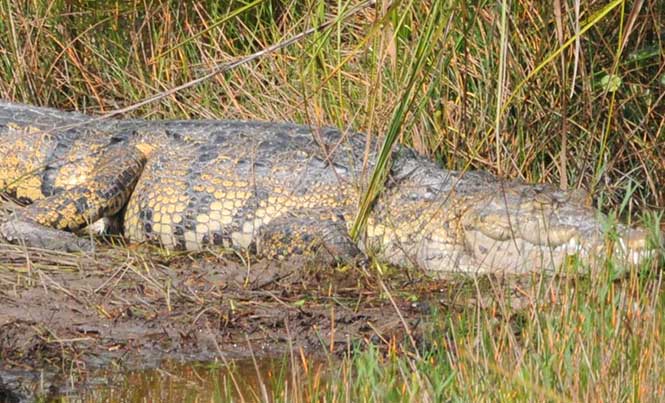
The ‘Mexican crocodile’ or ‘Morelet´s crocodile’ was first described in Mexico in the 1800s by a French naturalist whose last name was Morelet, but it is actually distributed from eastern Mexico through the Yucatan Peninsula and all the way to Guatemala and Belize. This crocodile was often confused with its Cuban relative because of many similarities in their looks. However, it was recognized as its own separate species in the earlies 1900s. They live in freshwater and brackish water too, like swamps, ponds, cenotes, lagoons or rivers.
Characteristics of the Morelet’s crocodile
Exploitation and habitat destruction
The Mexican crocodile was heavily exploited during the 1900s due to the high quality of its skin for leather products, extirpating this species from many localities. Although populations have recovered through protection, habitat destruction is a significant threat nowadays, so monitoring of this species should be done to ensure that any future population declines are noted. Legal trade in the species from Mexico is restricted to animals from registered captive breeding operations, so be sure to check for this if buying crocodile products in these countries.